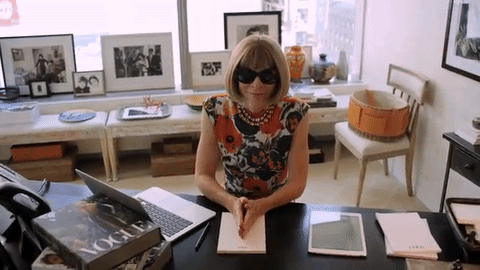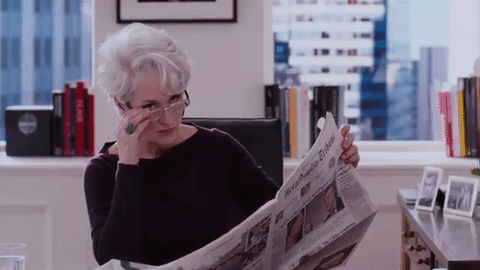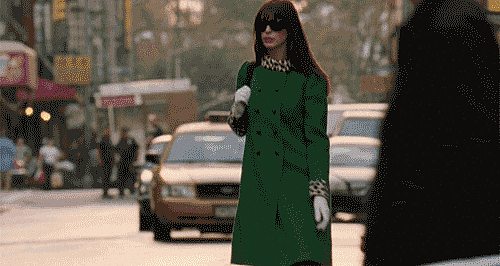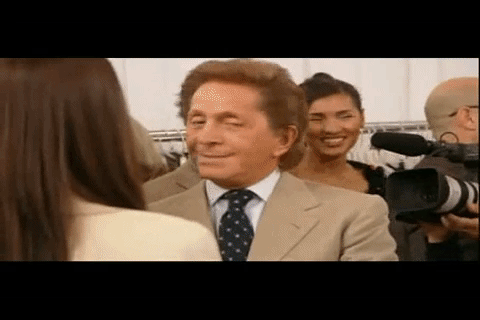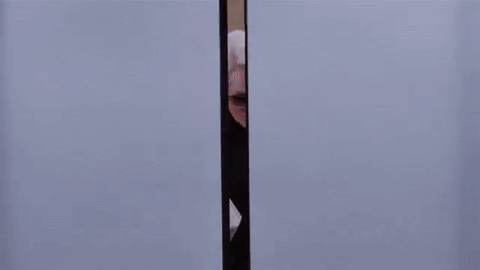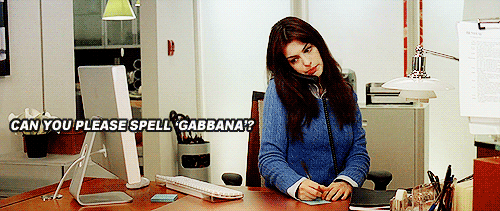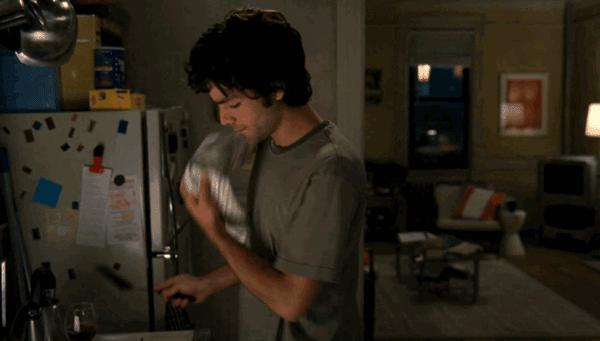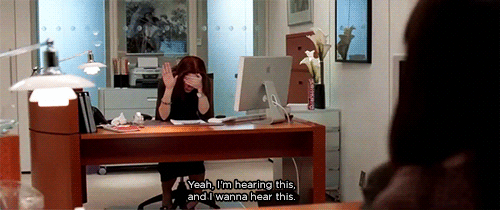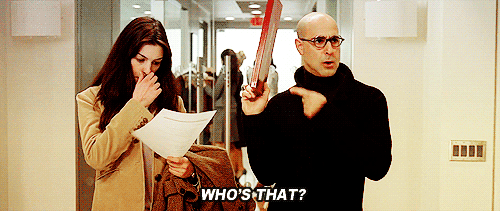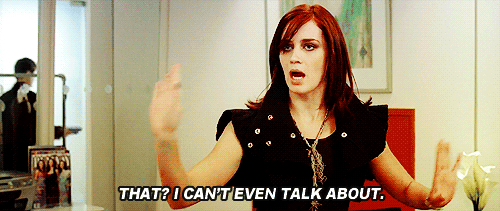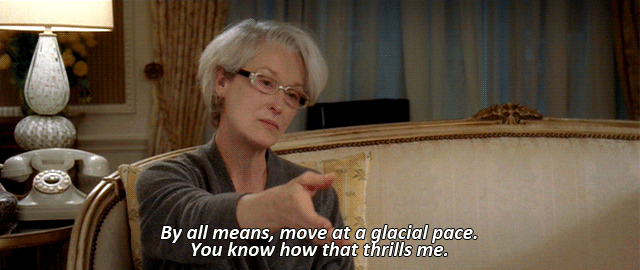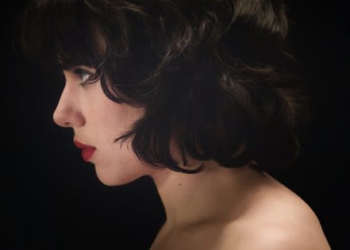It has been 10 years since the film The Devil Wears Prada captivated audiences and drew us into the world of high fashion. In this article, we’ll explore 10 intriguing facts about the film that you may not know:
1. The character Miranda Priestly is based on the personality and image of Anna Wintour, the former editor-in-chief of Vogue. Wintour is a well-known figure in fashion journalism, nicknamed the “Nuclear Bomb,” who has made many significant changes in the industry since taking over Vogue in 1985.
2. On the first day of filming, the legendary actress Meryl Streep told Anne Hathaway, “I think you will do great for this role. I’m very happy that we are going to work together.” She went on to say, “It’s a good ending line that I finally said to you.”
3. The movie was filmed over 57 days in New York and Paris, with a production budget of $35 million.
4. Although many famous fashion designers allowed their clothes to be used in the film, only Valentino Garavani made a cameo appearance. According to the New York Post, “The Devil Wears Prada” had a wardrobe budget of $100,000, but due to the generosity of the fashion industry, the film had a total wardrobe value of $1 million.
5. Meryl Streep donated all her costumes from the film to a charity auction.
6. Lauren Weisberger, the author of the novel that inspired the film, made a cameo appearance as a waitress serving Miranda’s two daughters in a scene on a train. Weisberger based her book on her own experiences working for Anna Wintour at Vogue for 10 months.
7. In the novel, Andrea’s boyfriend is named Alex, a teacher. In the film, he is Nate, a chef.
8. The character Emily, played by actress Emily Blunt, was not originally British in the script.
9. Six years after working together on The Devil Wears Prada, actor Stanley Tucci married Emily Blunt’s sister, Felicity Blunt.
10. The scene where Miranda Priestly appears without her signature style, revealing her personal relationships with Andrea, was Meryl Streep’s idea. Additionally, she changed one line in the film from “Everyone wants to be me” to “Everyone wants to be us.”
Source: Hollywood


